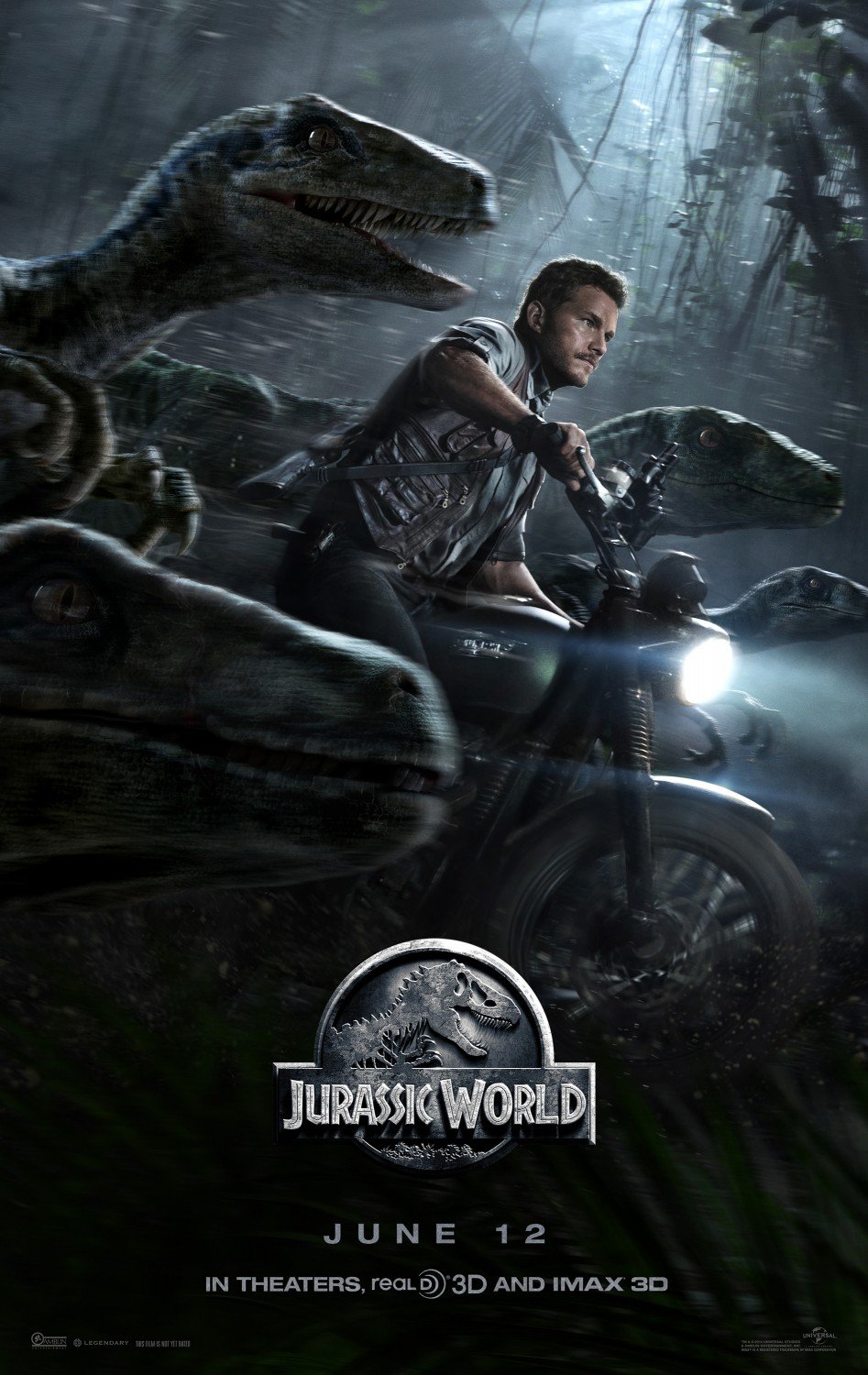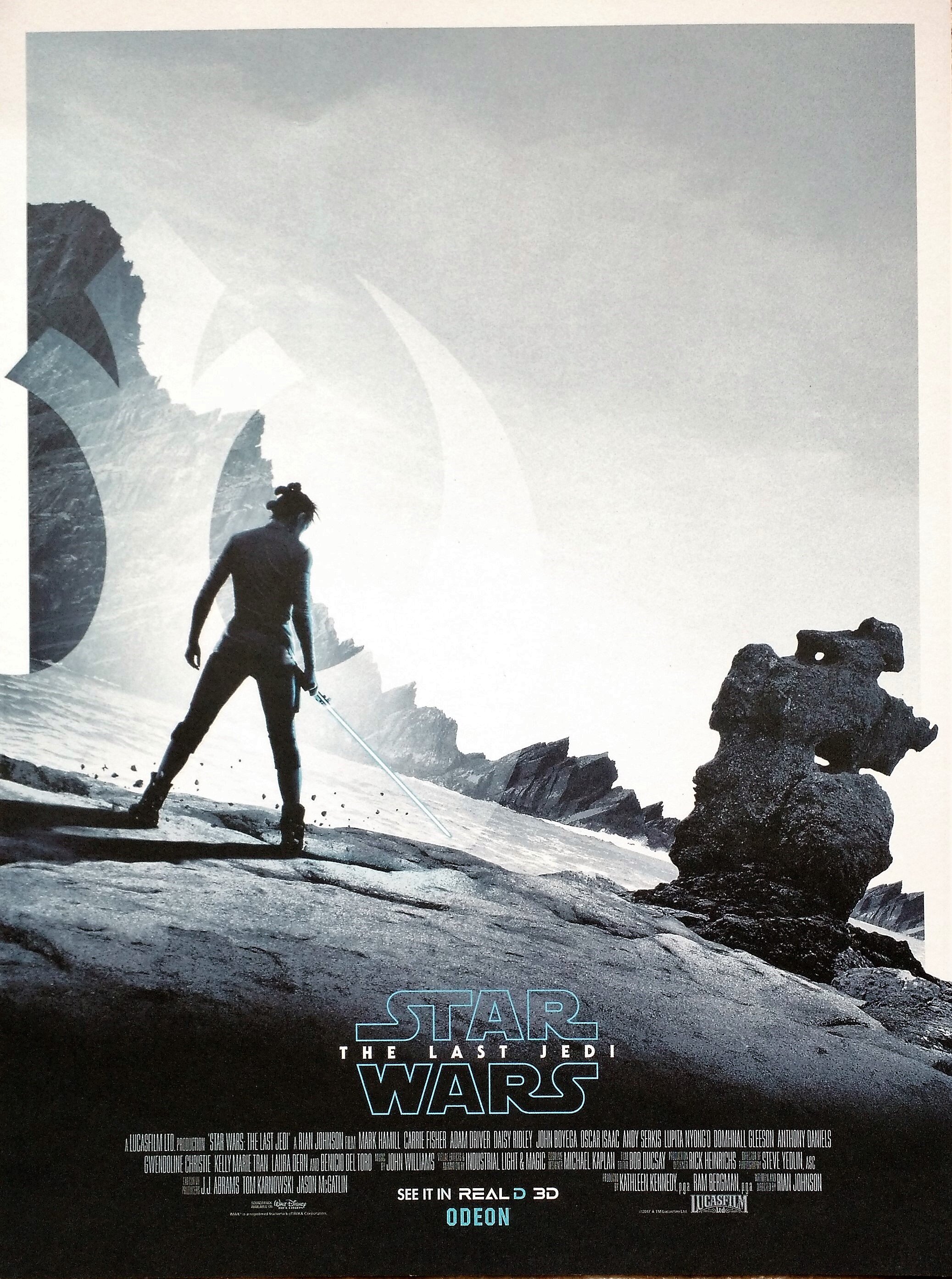Musings on the current comic book industry crisis and the editorially-mandated arrested development of Peter Parker/Spider-Man, with some witty observations unearthed from an 1983 article by none other than Alan Moore. In Marv Wolfman’s own words: “if [Peter Parker]’s still fouling up as an adult, he just isn’t a hero anymore. He’s pathetic.”
Read moreWhen Congressman Robert Garcia was sworn into office in January 2023 on the US Constitution he didn’t have the Bible or any other sacred text with him. Not that it was required to have one. As per Article VI, Clause 3 of the United States Constitution, there is no official requirement to be sworn in on a religious text for the Oath of Office: “no religious Test shall ever be required as a Qualification to any Office or public Trust under the United States.” But, in a sense, he did have a sacred text with him: a copy of Superman (vol. 1) #1 (published by National Comics/Dc Comics, cover date June 1939) borrowed from the Library of Congress.
Read moreWhen a graduate student of Stephen Jay Gould went to the movies to watch Steven Spielberg’s blockbuster tentpole Jurassic Park in 1993, he lamented that the animals depicted in the movie – in particular the Velociraptor, called raptors – were “the same old, ordinary, dinosaur shit-green” (Gould 1996: 230). When Gould reported his student’s colourful impressions in a studious review of the movie, he duly noted that Spielberg tried to experiment “in early plans and models” with the “bright colors” you would expect in a birdlike animal evolutionarily closer to birds than lizards and other reptiles. However, in the end the production team decided to revert to dull, dated, and monochromatic reptilian hues (Gould 1996: 230). They had already renounced the hissing serpent-like tongue for the raptors featured in the first shooting tests for the kitchen attack sequence – and that was quite enough, thank you very much.
Read moreIn 1979, palaeontologist and historian of science extraordinaire Stephen J. Gould (1941-2002) published a thought-provoking cultural evolutionary analysis dedicated to Mickey Mouse. In 2013, I tried to replicate his results with Spider-Man, and now, nine years too late and a whopping forty-three years after Gould’s groundbreaking essay, I’m finally able to present my efforts in English. Here goes nothing!
Read moreI was born eight months after the release of Return of the Jedi in theatres. For all intent and purposes, the Star Wars saga was over. But its legacy was just beginning. It might have been 1991 when I got hold of a worn-out VHS on which my sister had recorded The Empire Strikes Back live from a commercial broadcaster. There was no fancy sticker on it, no logo, no information whatsoever. It was just a black box with a brownish magnetic tape visible through the transparent plastic and a badly handwritten title on the spine. Nothing that could prepare me for what was I about to experience.
Read moreWe are eminently social primates highly susceptible to power dynamics, individual status, and social hierarchies, to the point that we spend a considerable amount of our time and resources in obtaining prestige goods, following charismatic individuals, and accessing or owning places deemed special, sacred, or relevant by our in-group. If you don’t believe me, just have a look at all the pop items auctioned for jaw-dropping sums of money, from vintage comic books to sport and cinema paraphernalia. In 2003, for instance, comic book artist and creator Todd McFarlane bought baseball player Mark McGwire's 70th home run ball from 1998 for $3 million. Today, Golden Era comic books in good conditions are worth millions of dollars.
Read moreThe final installment of the Star Wars sequel trilogy produced under the auspices of Disney is finally out. As I’m writing this on 18 December 2019, the early reviews and the critics’ reactions to the Rise of Skywalker have been lukewarm or mixed. There is utter regret for what could have been, palpable disappointment for how the clunky plot of the sequel trilogy has been mishandled, and sheer sadness over the misuse (some would say abuse) of the legacy characters.
In hindsight, this is a result that’s been seven years in the making. The unwise decision to discard the pre-Disney lore material which antagonized the core audience, a baffling marketing strategy to target global audiences who did not experience Star Wars in the 1970s and thus have no affective attachment to the saga (e.g., China), a cheap dilution of the franchise through marginal side quests explored in anthology movies, theme parks attractions that inexplicably disregarded the original films, poor top-down communication skills, the sore lack of leadership skills, and the indifference towards the development of a road map have been - to put it mildly - bewildering [1]. The urgency to deliver and make a profit after the company’s acquisition of Lucasfilm in 2012 for $4.05 billion has led to an astonishing series of rushed and inappropriate business decisions, and I think that many, if not all, of them are connected to the lack of knowledge and insight about what the DNA of Star Wars really is.
Read more






